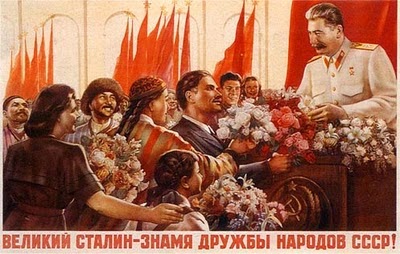David Bailey, Building up sitters
In the 1960's the portraits produced by David Bailey were highly influential. Its interesting to look at the way David Bailey produced these cutting edge images through this use of black and white photography and his interesting view points and angles. The view points david bailey used in his images and what he directs his subjects in the images to do, whether that be looking at the camera or away from the camera or how the subjects stand in the image give an almost subliminal message, or say something about the person being photographed.
Whats really interesting and what would have been edgy about this image at this time it was produced is the way david bailey fills the frame. Rather than the typical idea of having the frame equally filled with the models standing in the middle, david choses to capture one model half in and half out the frame, this draws the eye round the image as appose to just focusing on the centre.
Its also interesting how much like the images below, the subjects arnt directly looking into the camera.
Because of what these brothers were known as, it seems fitting the way David bailey has captured this image of them. The camera slightly below them looking upwards creates and effect of the brothers over powering the viewer and having some sense of greater authority. The stern faces rather than warming smiles also create a fitting vision of the brothers as they are obviously not known for being kind smiley people.
Its evident that David Bailey considers the space around the subject as well as the actual subject. The image is a perfect example of this, the image feels so much more interesting than what it would have done if you imagine the subject being completely central in the image. Chosing to have the subject of the image smiling and so up close creates a much different effect to the previous images. This image feels more inter mate and comforting for the viewer.
Whats most interesting about this image in the interlinking of the two subjects. Again this creates interesting shapes and space to the areas not filled. the two people create an almost abstract feel to the whole image.
This image really shows Baileys talent to fill the frame. To any photographer they will understand how not so easy it is to fill the frame in such a way, especially when focusing on getting so many of the people in the one image. The fact the family have natural expressions on their faces rather than beaming smiles like a typical family portrait causes the viewer to think a lot more about each subject. The viewers eye is also drawn all over the image because of the many different faces on all different levels and depths of the image.


















































